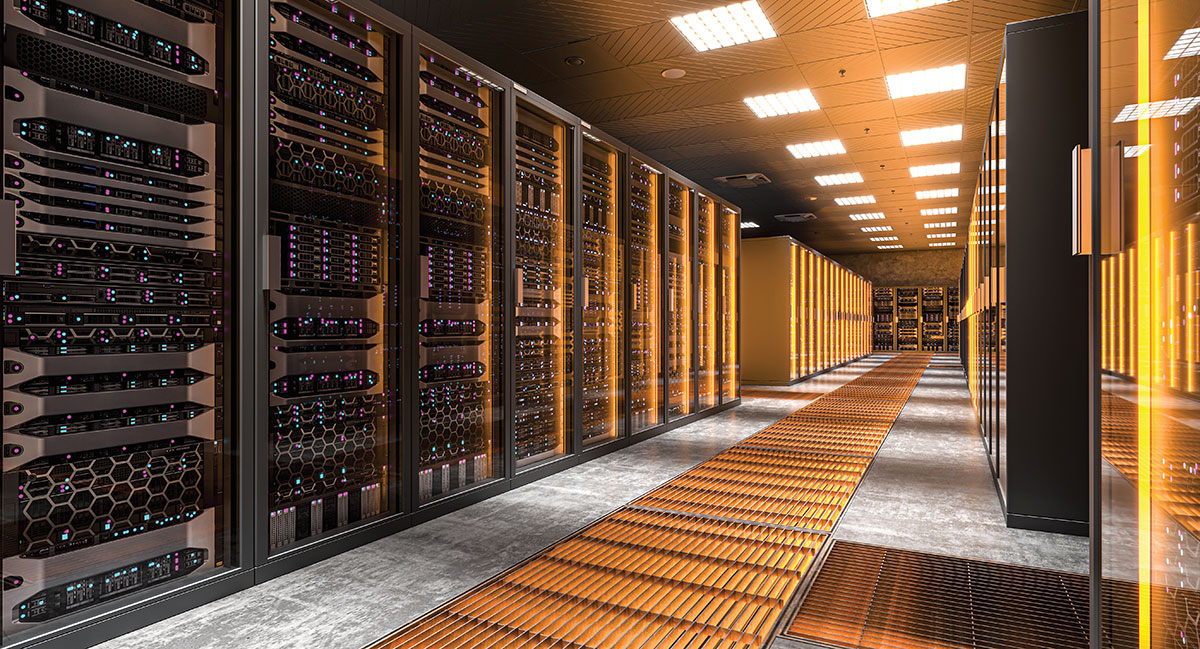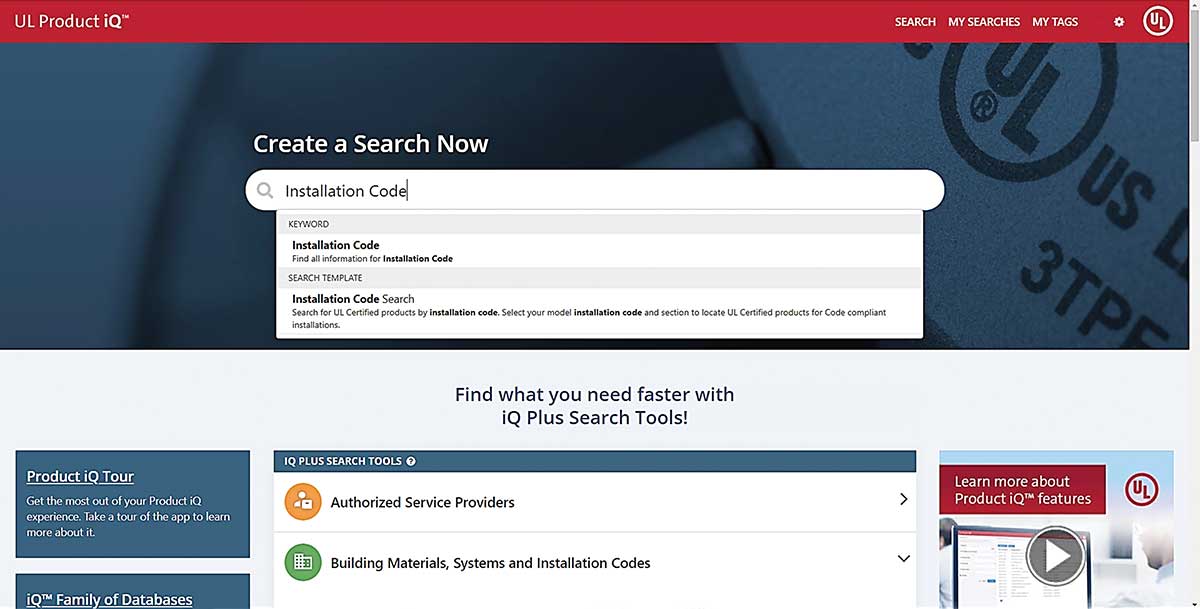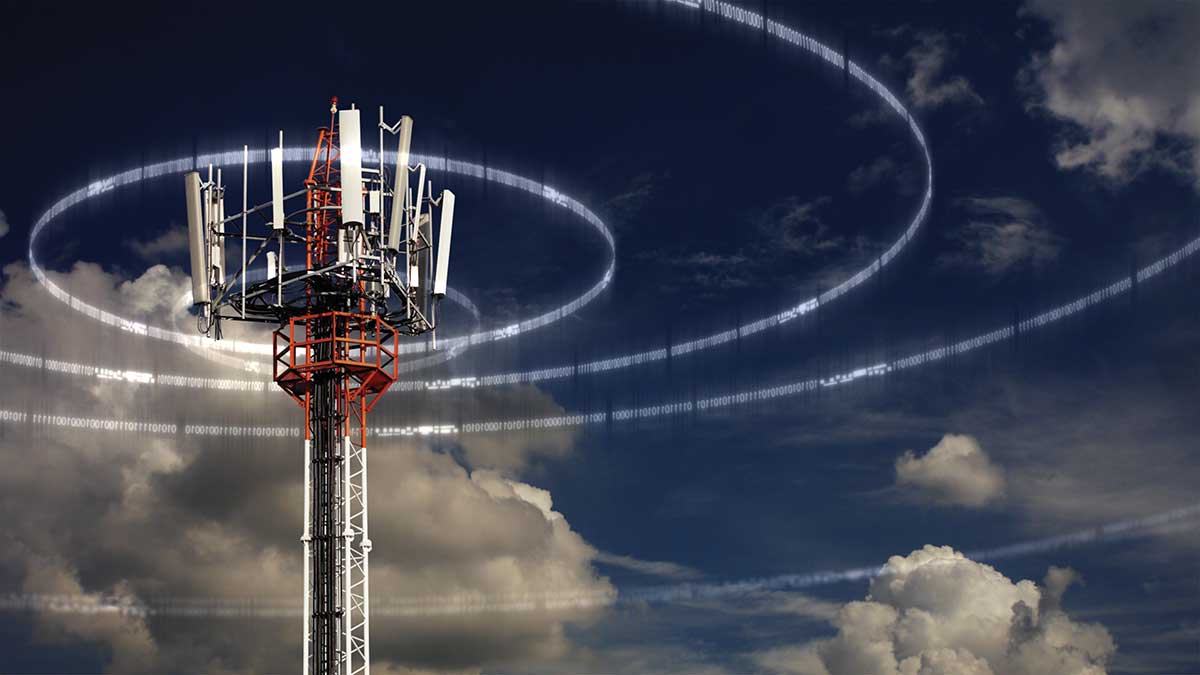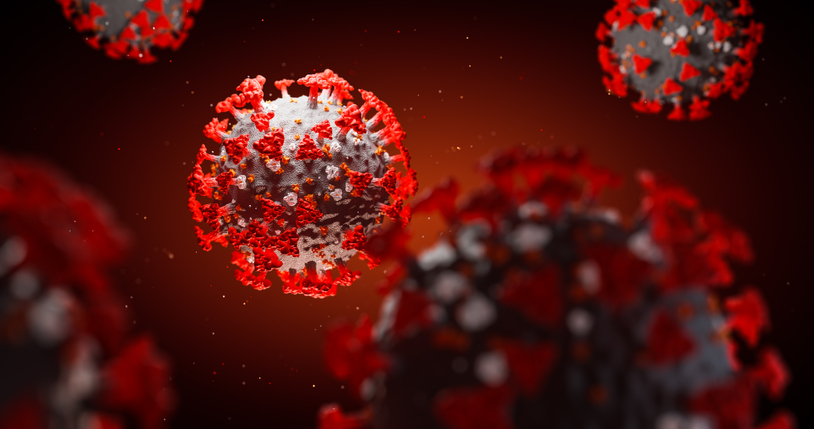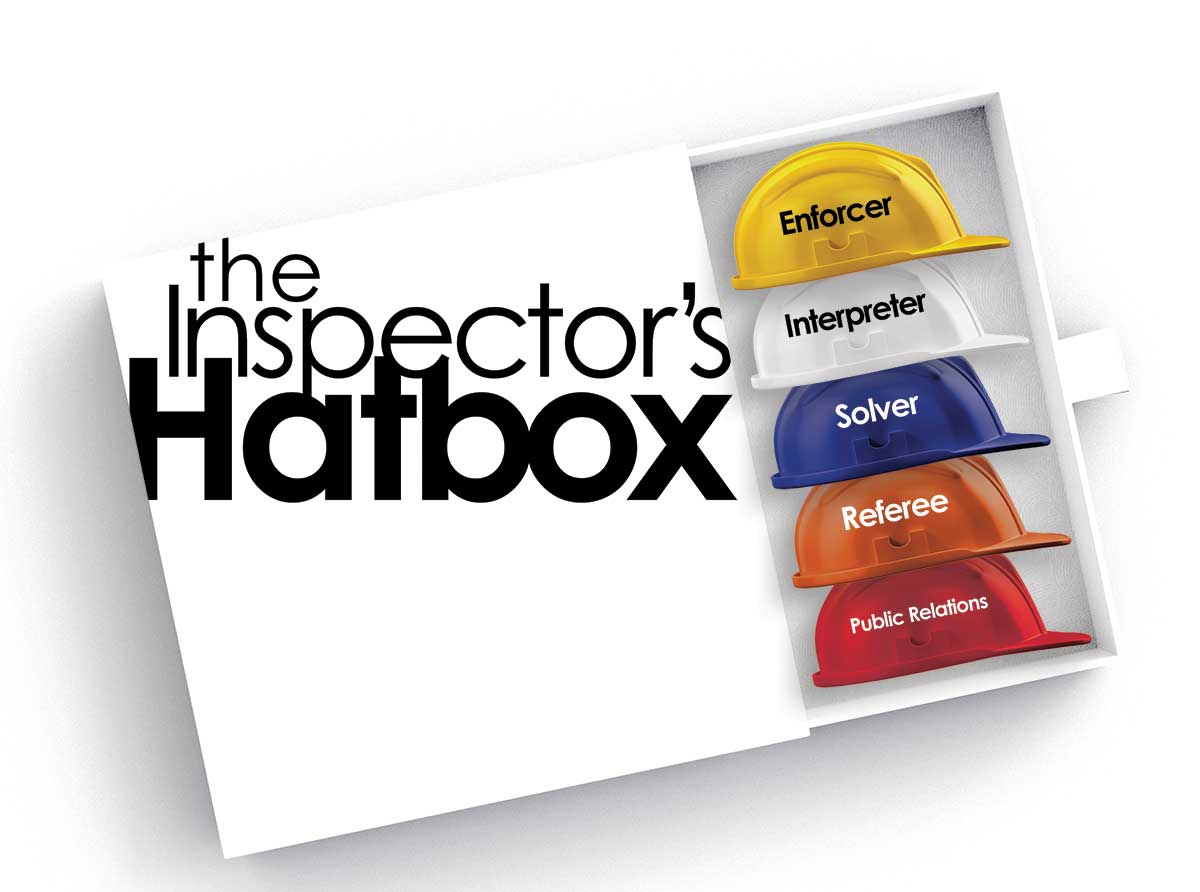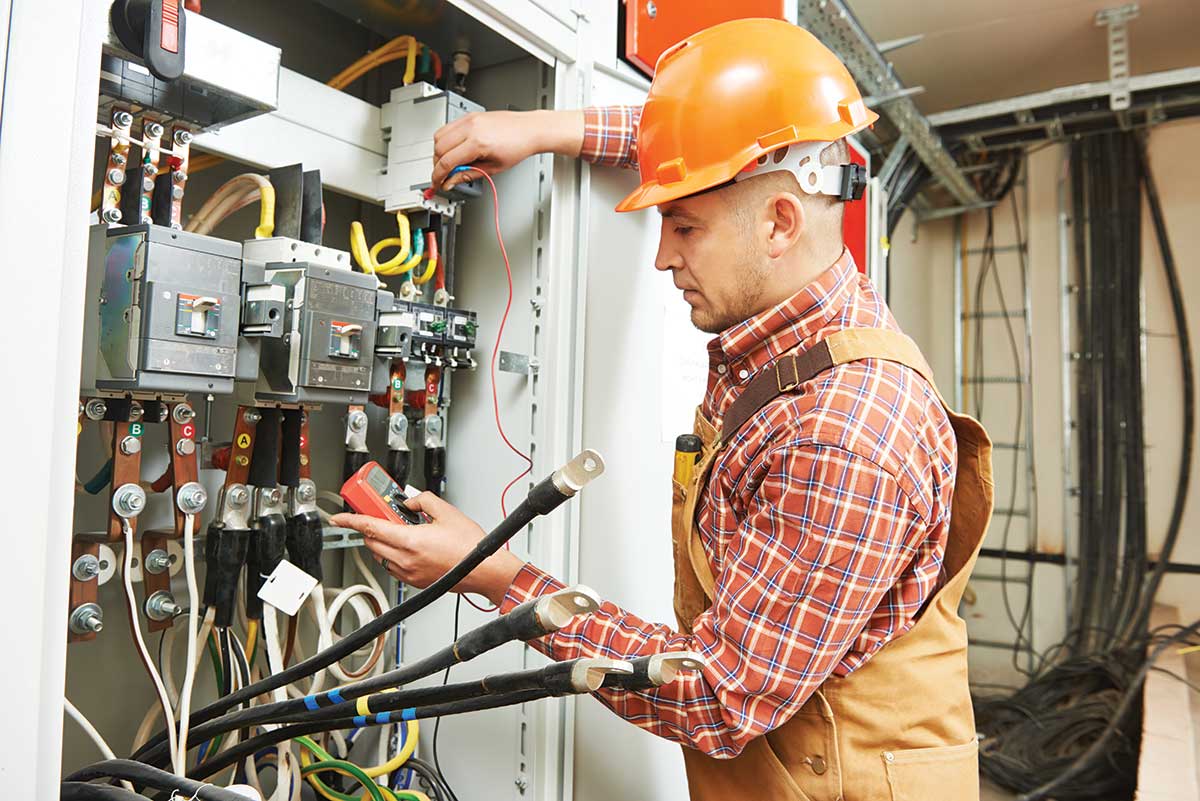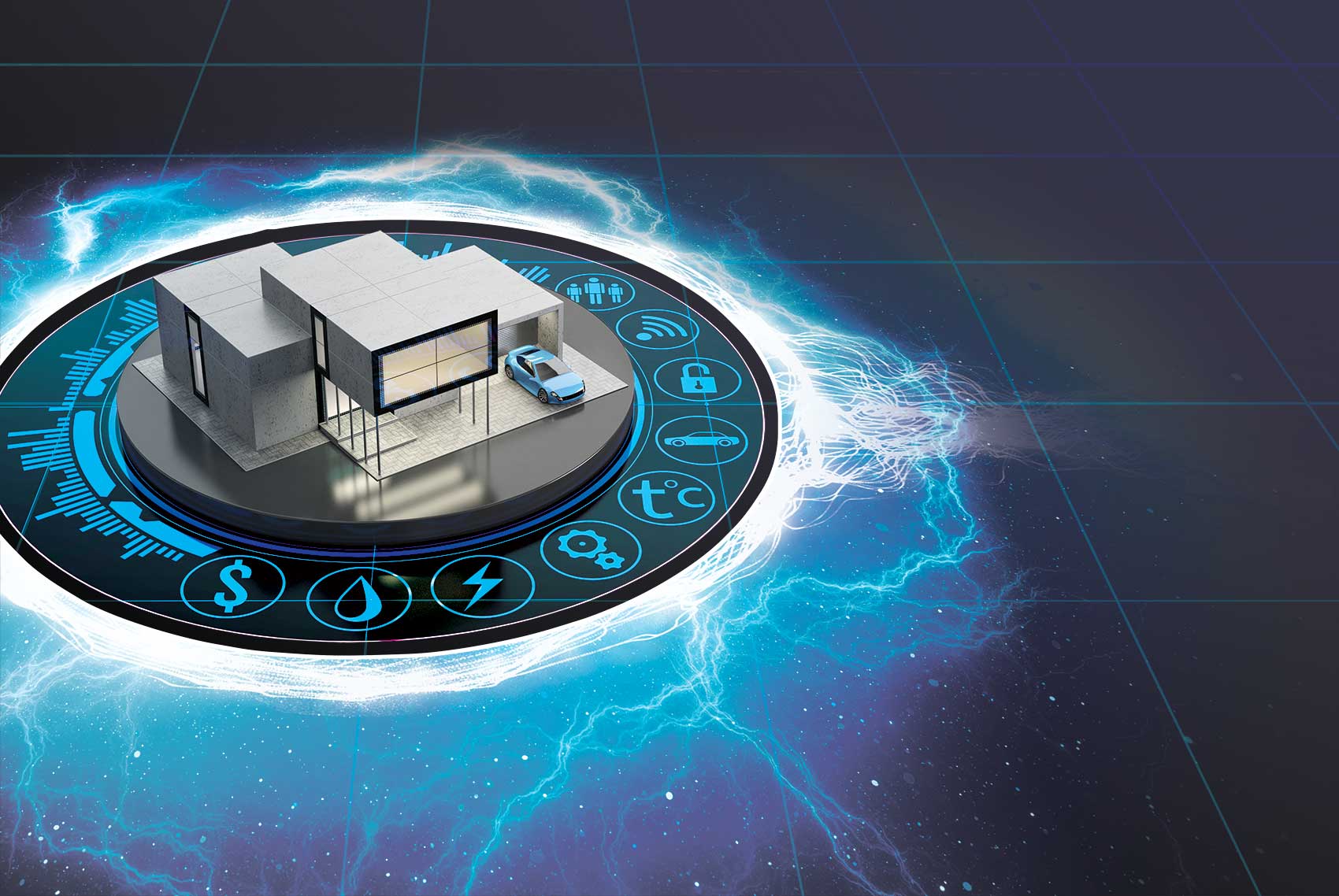Why is PV rapid shutdown so important? What is the difference between PV rapid shutdown equipment (PVRSE) and a PV rapid shutdown system (PVRSS)?
In response to the challenges of safely installing 5G antennas on vertical assets in different jurisdictions across the country, the National Electrical Safety Code® (NESC®), published by the IEEE Standards Association, relies on decades of experience and established guidelines to achieve its mandate.
Field evaluations offer the electrical industry an opportunity to quickly solve problems with unlabeled equipment in the field. With an understanding of how they are properly executed and good communication between all parties involved, the AHJ and the field evaluation body can work together to promptly address compliance issues in the field.
My association leadership philosophy is simple: “Are we providing the members with value-added propositions that promote and enhance their industry?”
Fortunately, some options allow continued safe operation of building department staff while ensuring the safety of installations. No-touch permitting and remote inspections can be used for a broad range of projects.
From code enforcer to code interpreter, problem solver to referee, to public relations representative, it can be challenging to keep track of the many hats electrical inspectors needs to wear!
With options of panelboards, switchboards, and switchgear, the electrical system designer has a robust palette of options to provide the required overcurrent protection for conductors throughout the facility.
Can a panelboard be located “you fill in the blank?” How often have you heard this question? Let’s take a look at some of the rules on panelboard placement contained in the National Electric Code (NEC).
Whole house surge protection devices have been available for several years. The devices are normally installed at the service entrance/service equipment location. They can be sacrificial from large surges, but can also take multiple hits from smaller surges and continue to protect the home and sensitive electronic components. There are various types and designs of surge protective devices (SPD).




